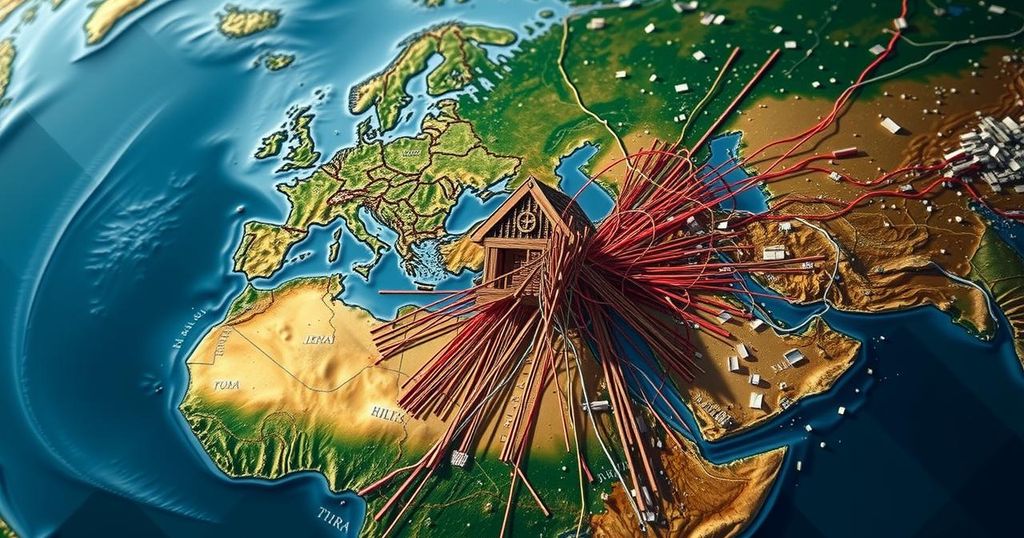A 5.0-magnitude earthquake struck Santiago Tepextla, Mexico, on November 13, prompting 482 reports of tremors. This event follows a sequence of earthquakes in Australia (4.2-magnitude) and India (4.4-magnitude). Collectively, these earthquakes indicate heightened seismic activity globally during November 2024, attributed to the dynamic nature of Earth’s tectonic movements.
On November 13, 2024, a 5.0-magnitude earthquake occurred in Mexico, as reported by the United States Geological Survey (USGS). This seismic event was localized near Santiago Tepextla at a depth of 12.6 kilometers (approximately 7.9 miles). During the reporting period, the USGS received 482 reports from individuals who felt the tremors from this earthquake. It is noteworthy that this incident came shortly after a series of tremors were recorded in various global locations, including Australia and India. Earlier on November 12, a 4.2-magnitude earthquake struck Denman, Australia, at a depth of 11.1 kilometers (approximately 6.9 miles). Additionally, another significant earthquake was recorded in India on the same day, registering a magnitude of 4.4 with an epicenter near Gyalshing at a depth of 10 kilometers (approximately 6.2 miles). These consecutive seismic activities highlight the ongoing geological instability in multiple regions. Moreover, related seismic events included a 6.2-magnitude earthquake in Chile and a 5.0-magnitude earthquake in Peru in the preceding days. The Chilean earthquake occurred on November 8, with a depth of 10 kilometers (about 6.2 miles), and the Peruvian earthquake was reported on November 7, at a much deeper depth of 54.8 kilometers (approximately 34 miles). The continuing pattern of earthquakes reflects the multifaceted nature of seismic activity occurring globally, with multiple events reported within a short timeframe. The occurrence of these earthquakes serves as a reminder of the dynamic processes of the Earth’s crust and its propensity for sudden shifts that can have significant local and regional impacts.
Earthquakes are a natural geological phenomenon caused by the movement of tectonic plates beneath the Earth’s surface. These seismic events are measured using the moment magnitude scale, which has largely replaced the Richter scale for its accuracy in recording larger earthquakes. The global trend of increased earthquake reporting is attributed to advancements in technology and monitoring systems which allow for the rapid detection of seismic activities worldwide. Additionally, the geological conditions in regions such as Mexico, Australia, and South Asia make them particularly prone to frequent tectonic movements.
In summary, the reported 5.0-magnitude earthquake in Mexico on November 13, alongside recent seismic activities in Australia and India, underscores the ongoing geological processes affecting various regions. As monitoring technology improves, the awareness and reporting of such events have become increasingly precise, providing vital information about the Earth’s seismic behavior. Continuous observation of these patterns is essential for understanding and preparing for future earthquakes.
Original Source: www.iheart.com






